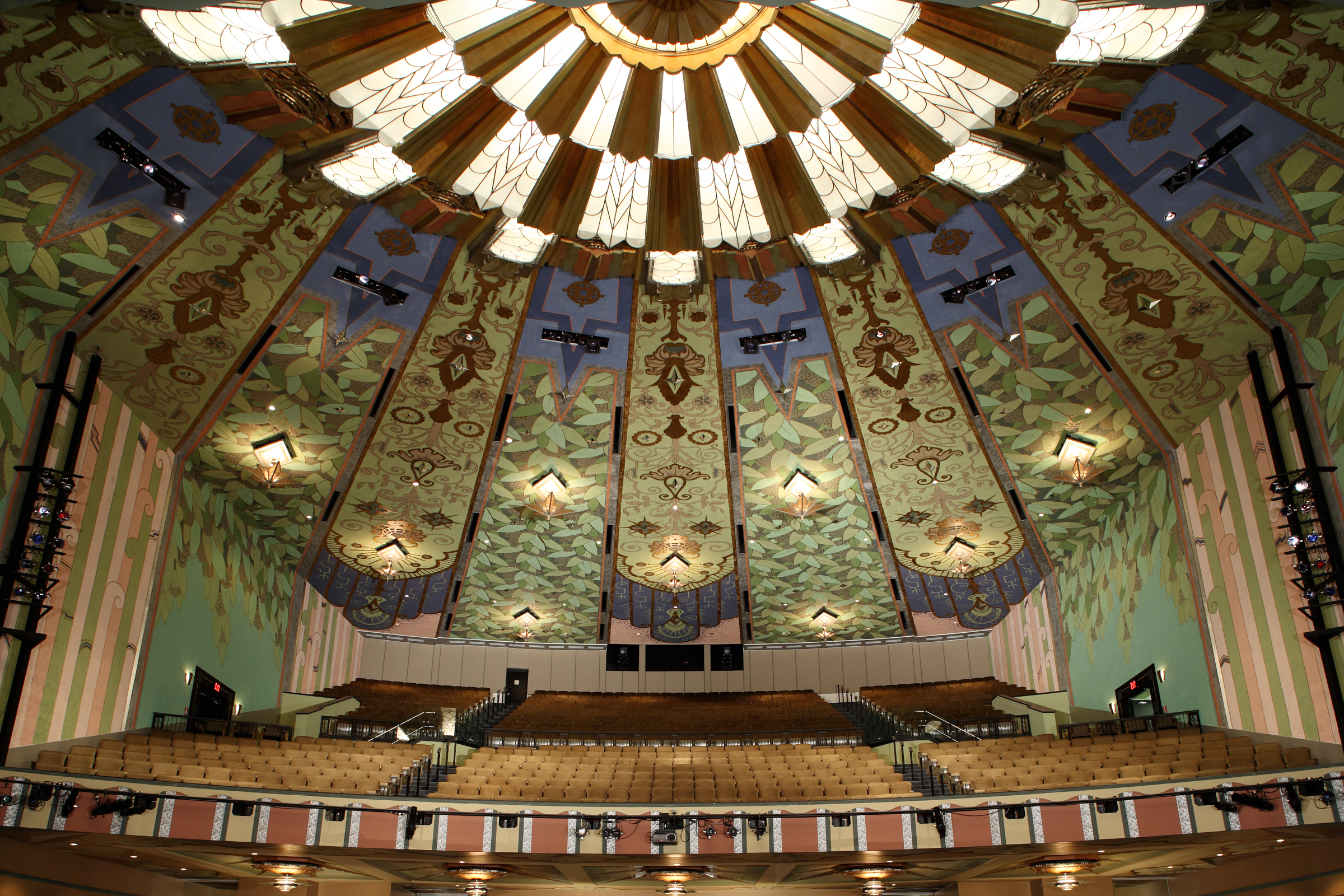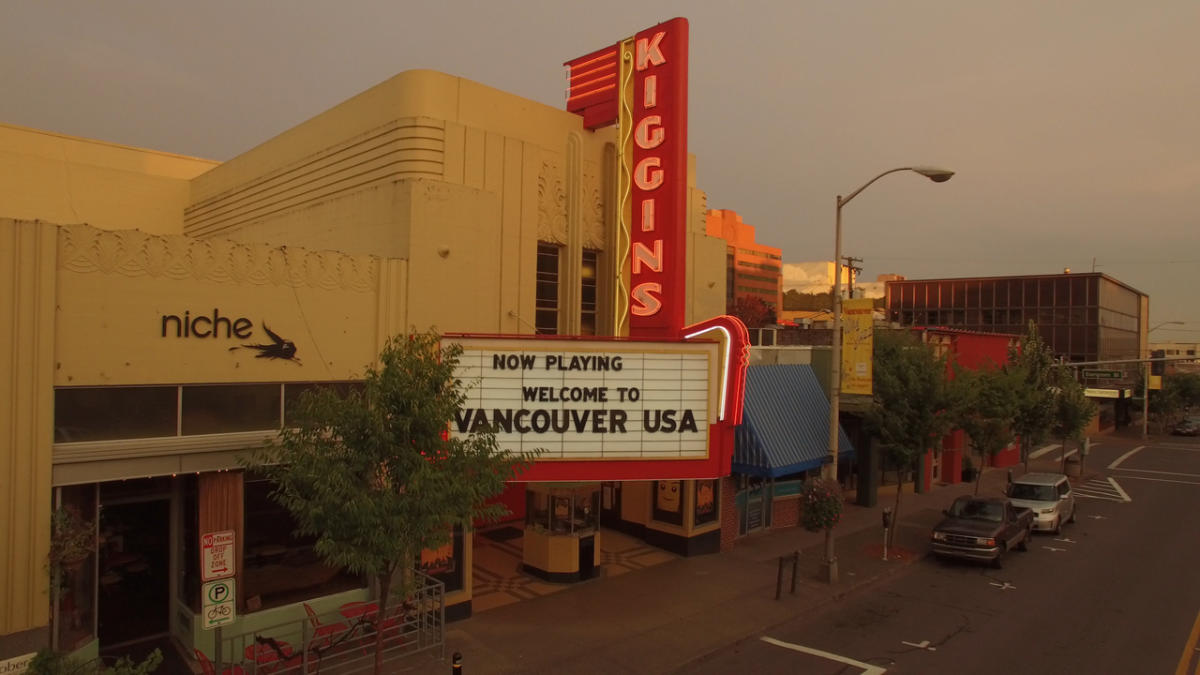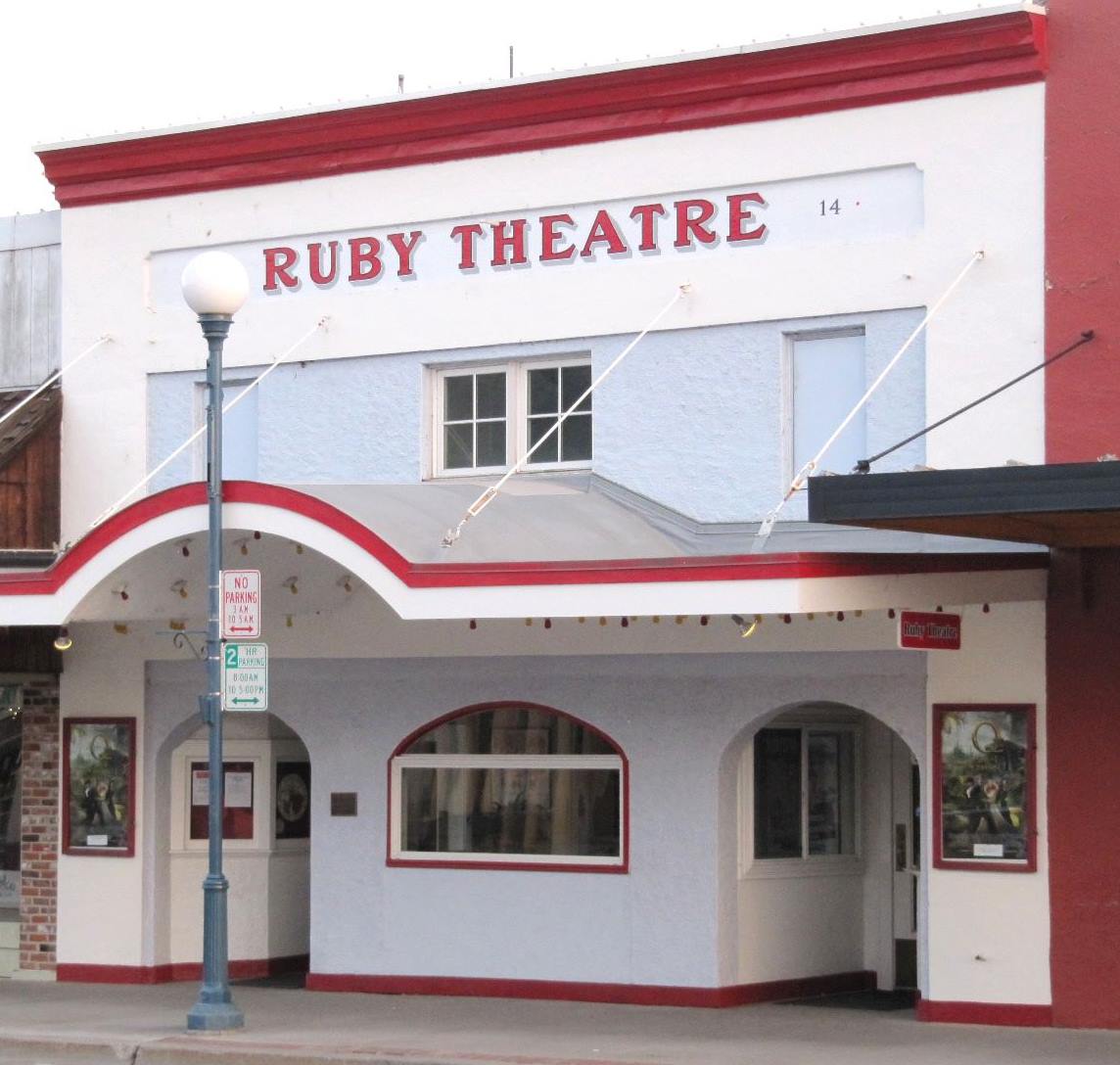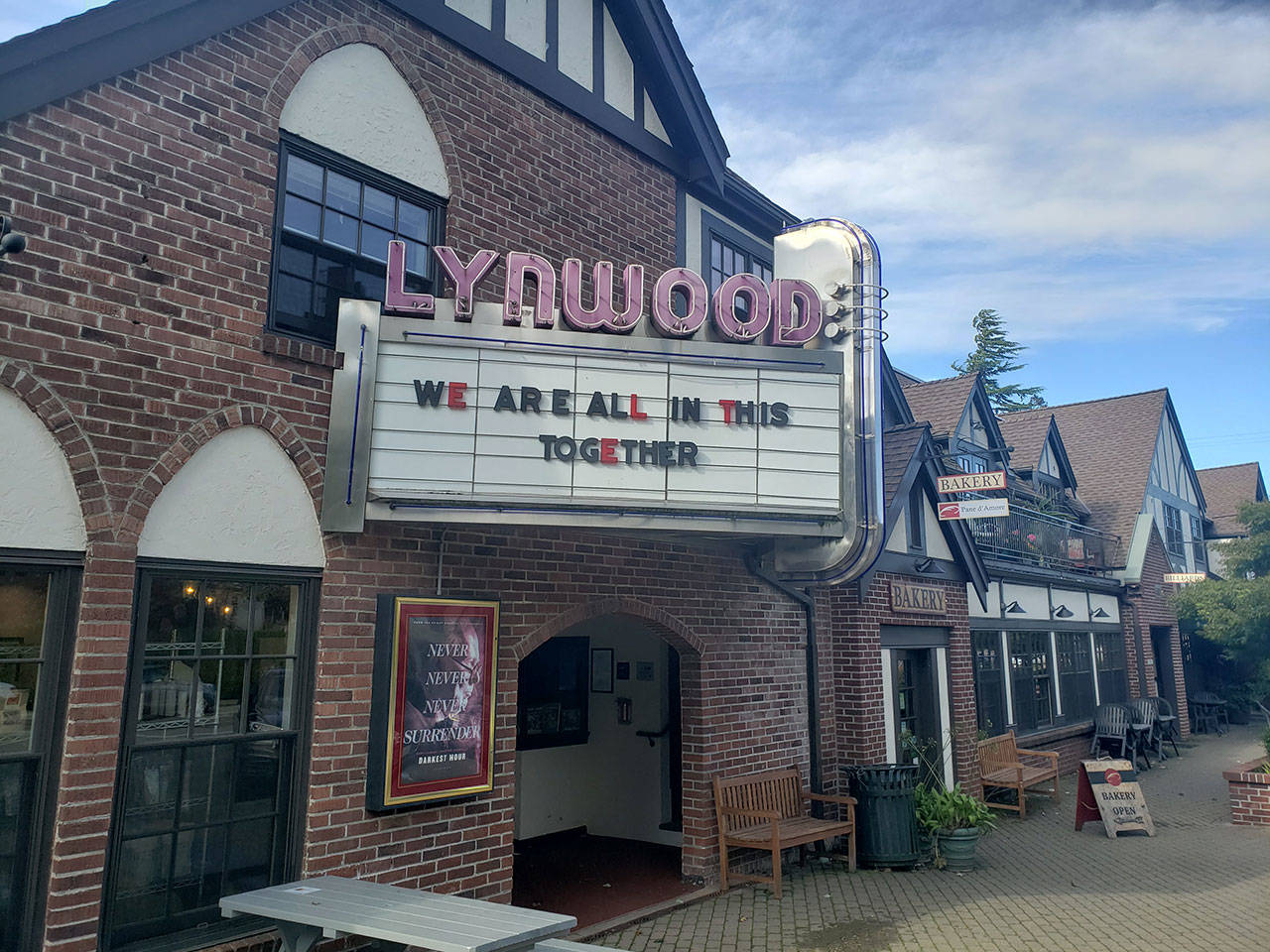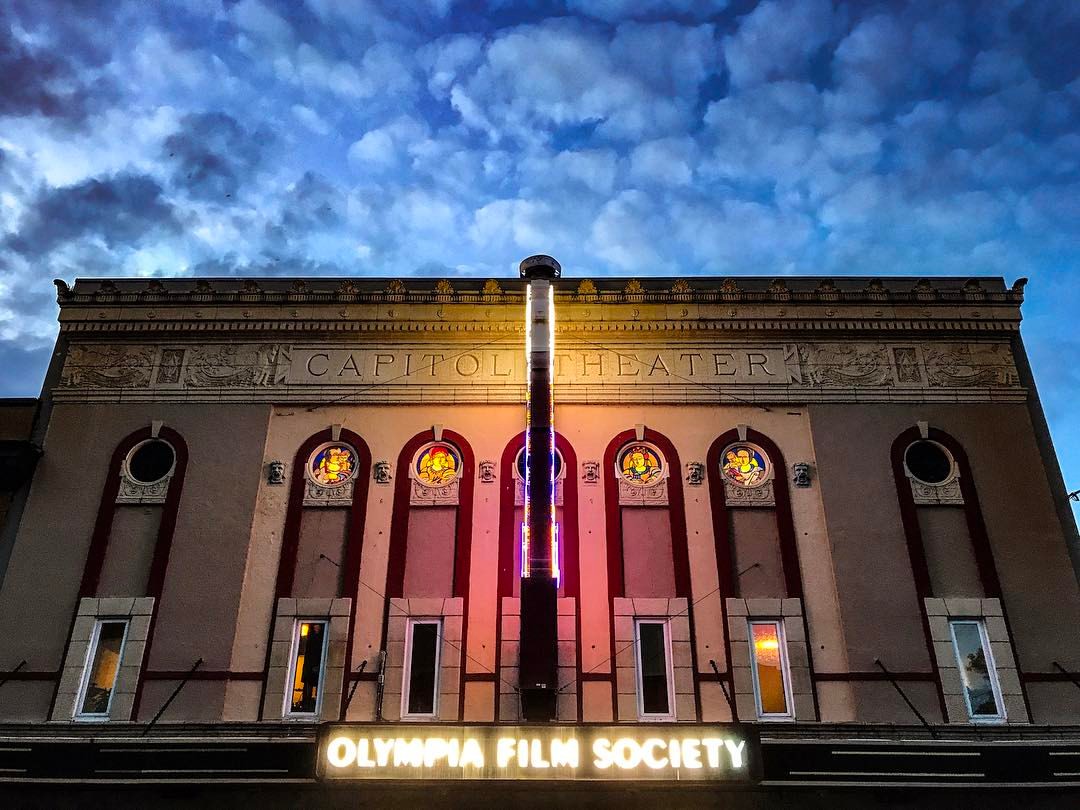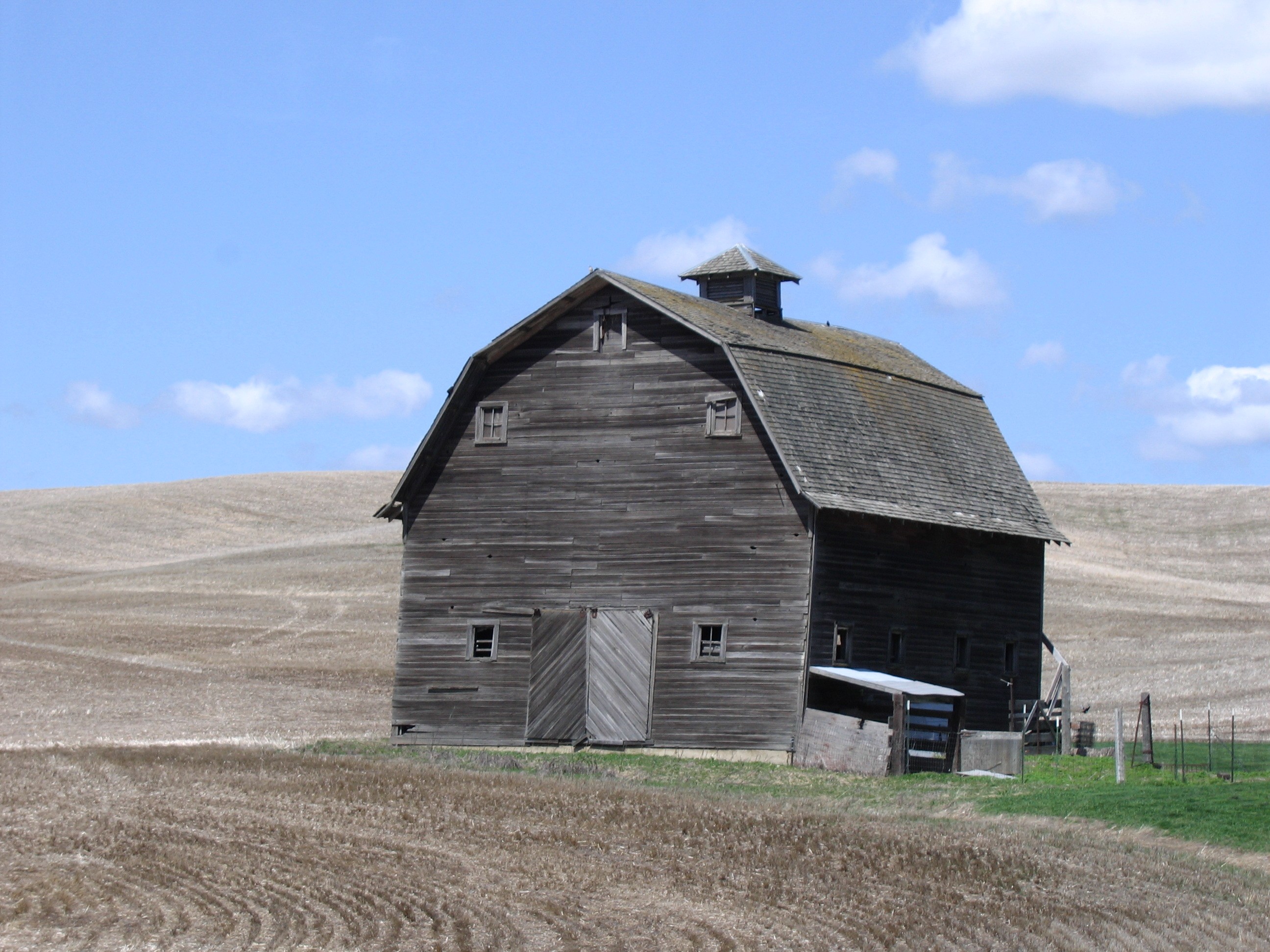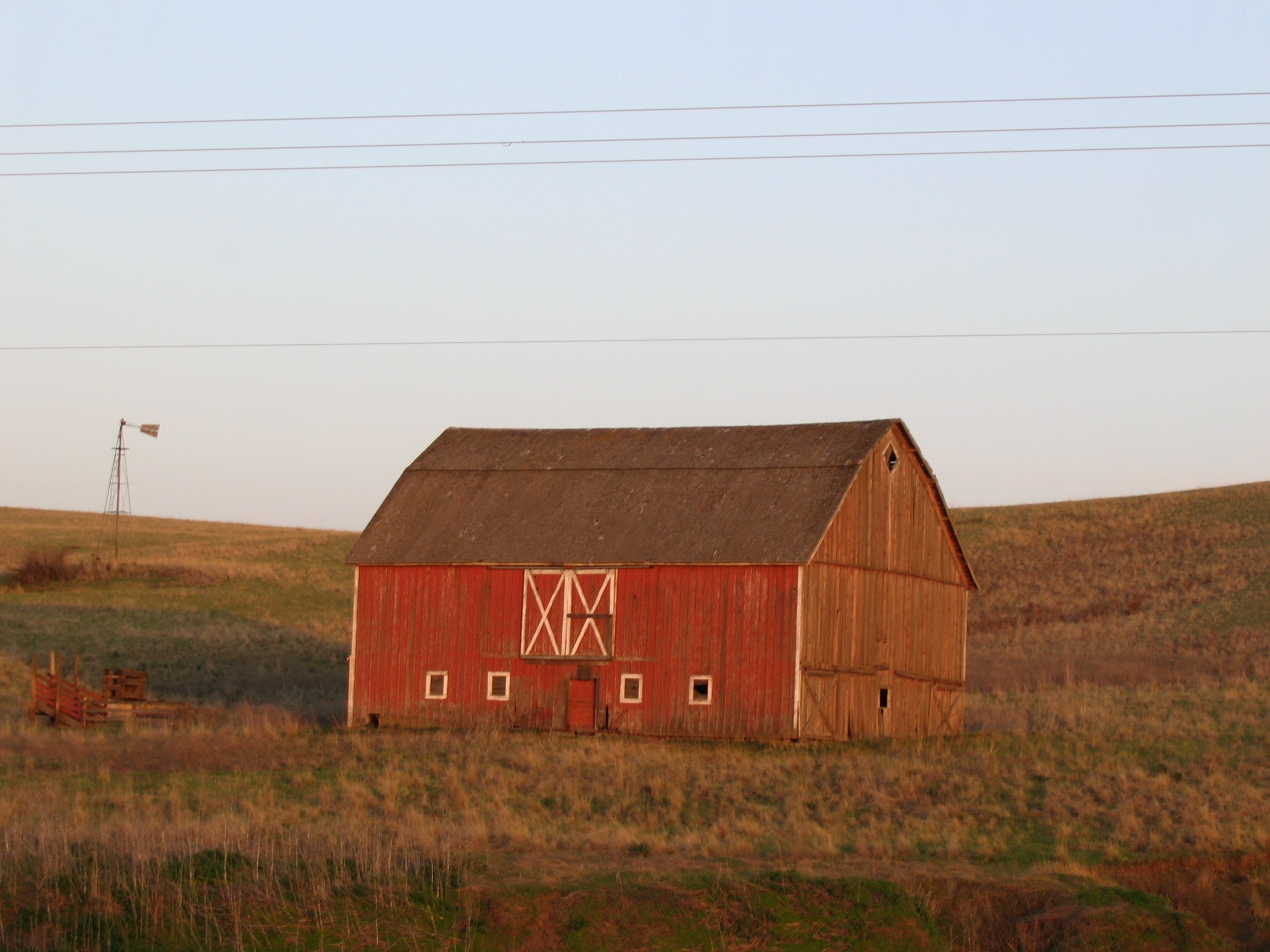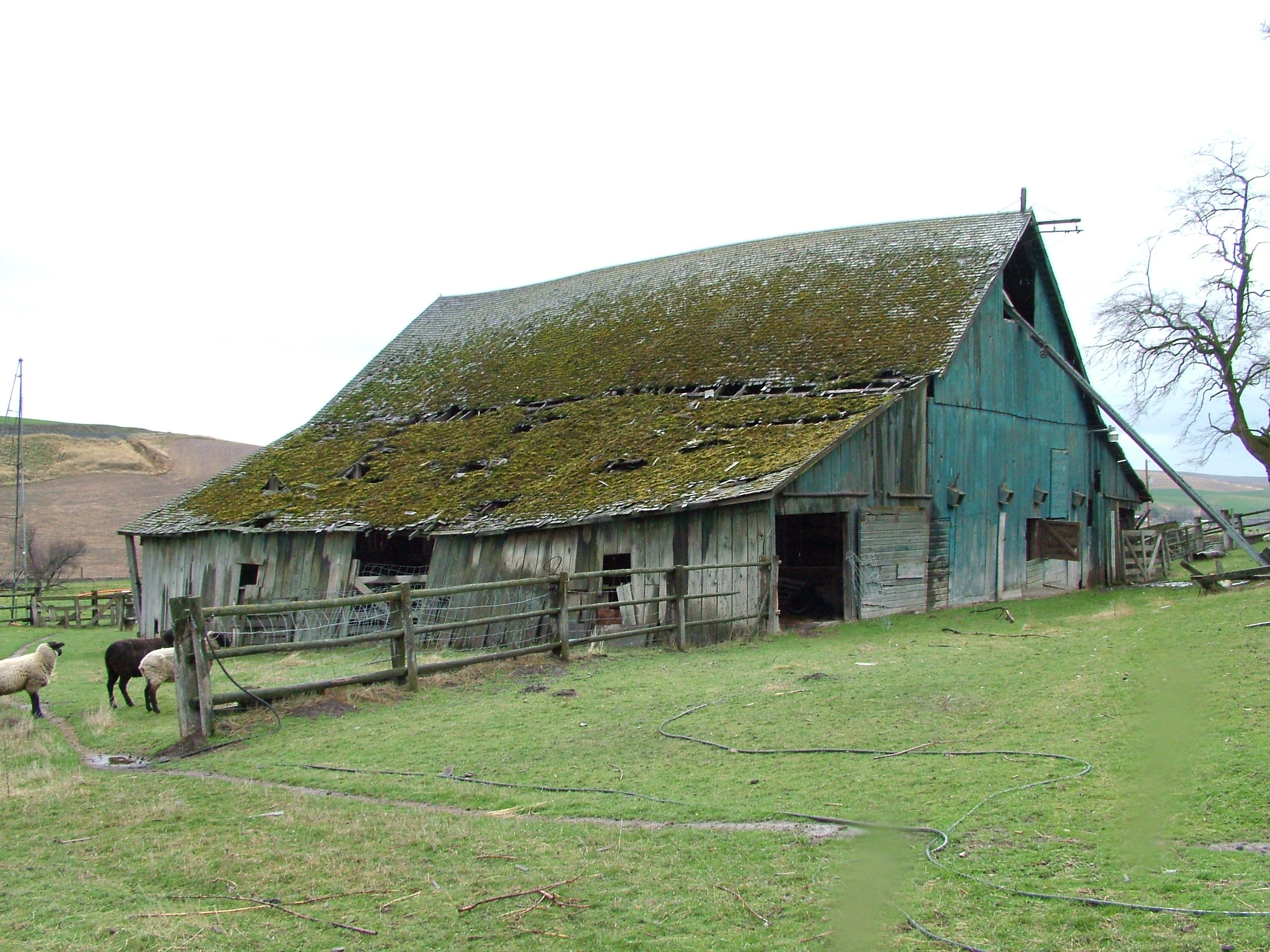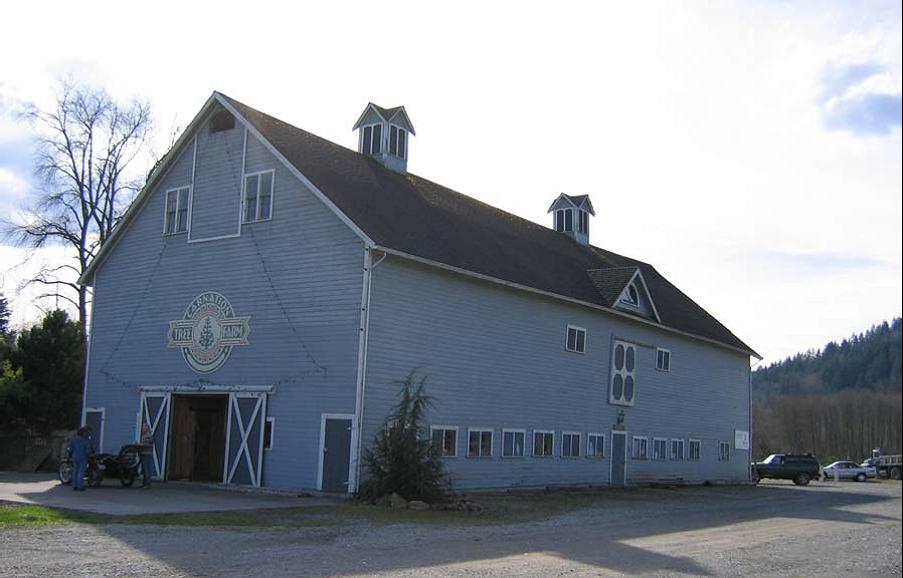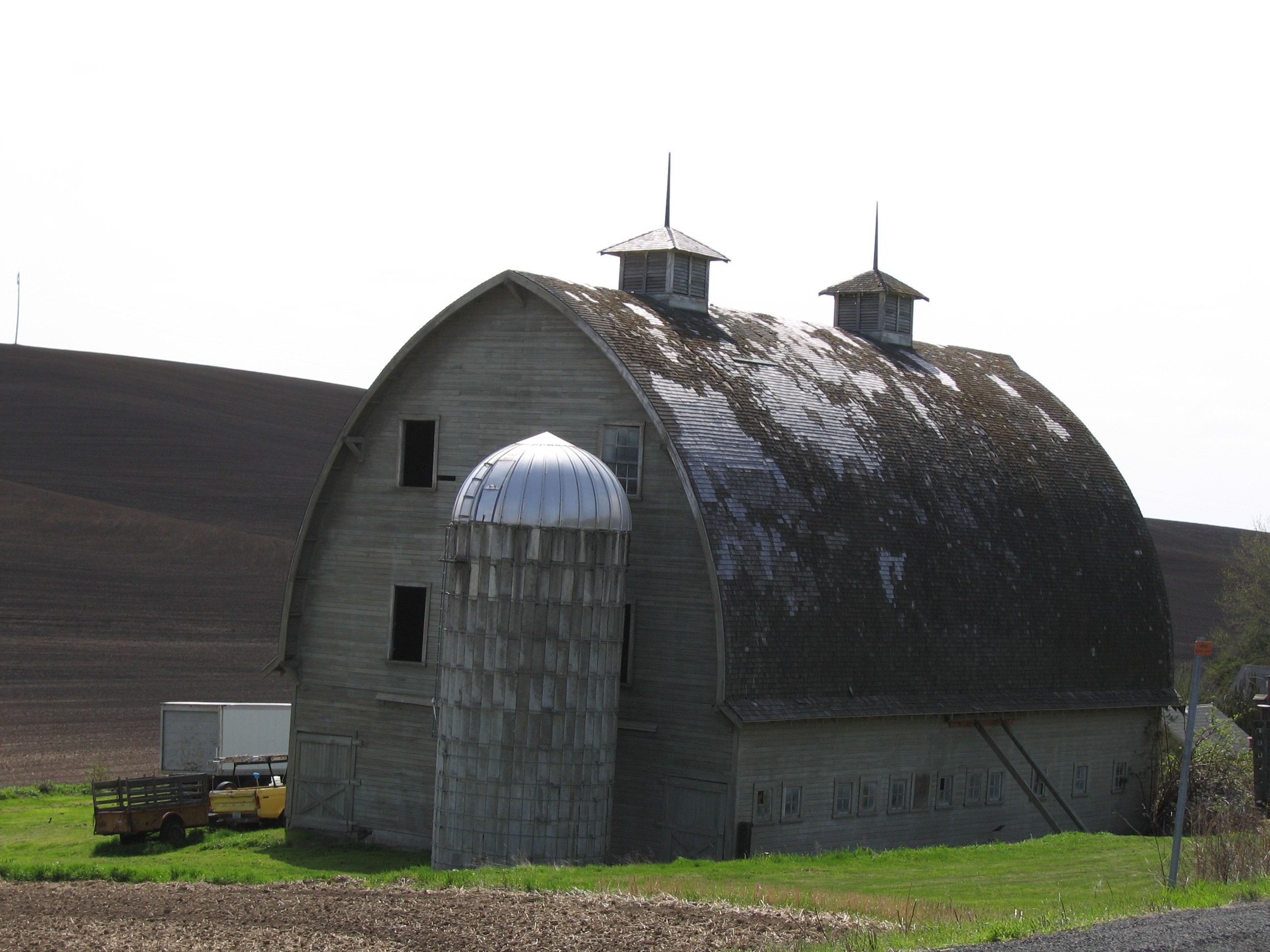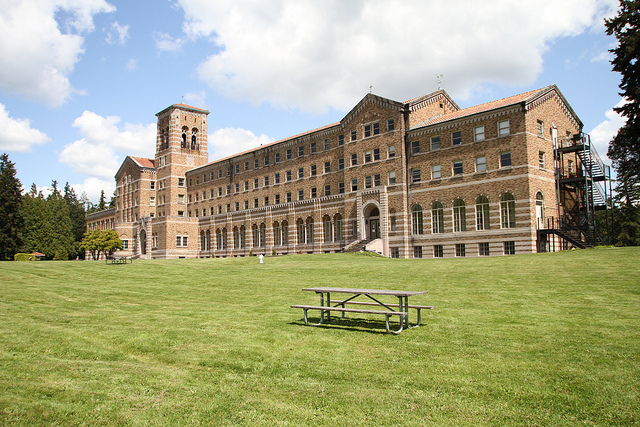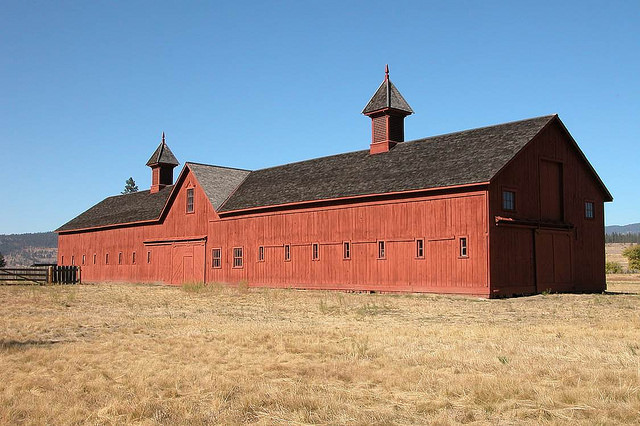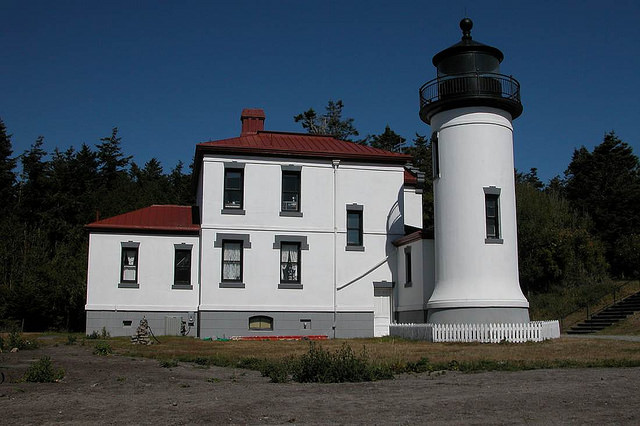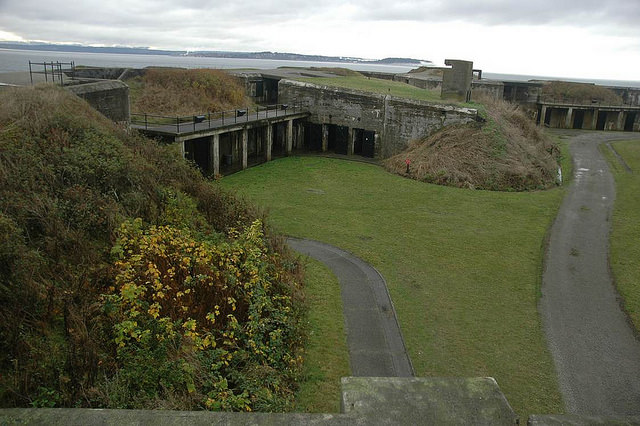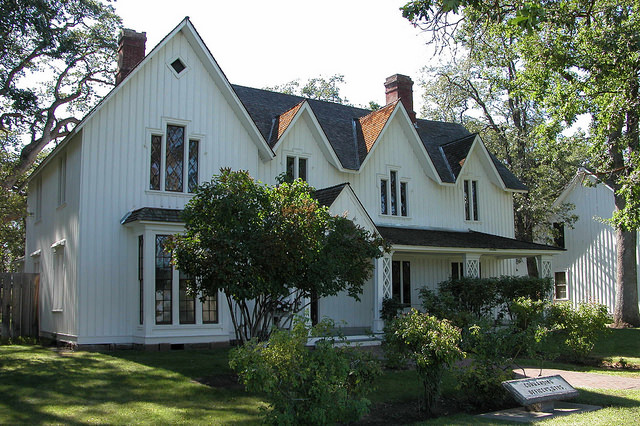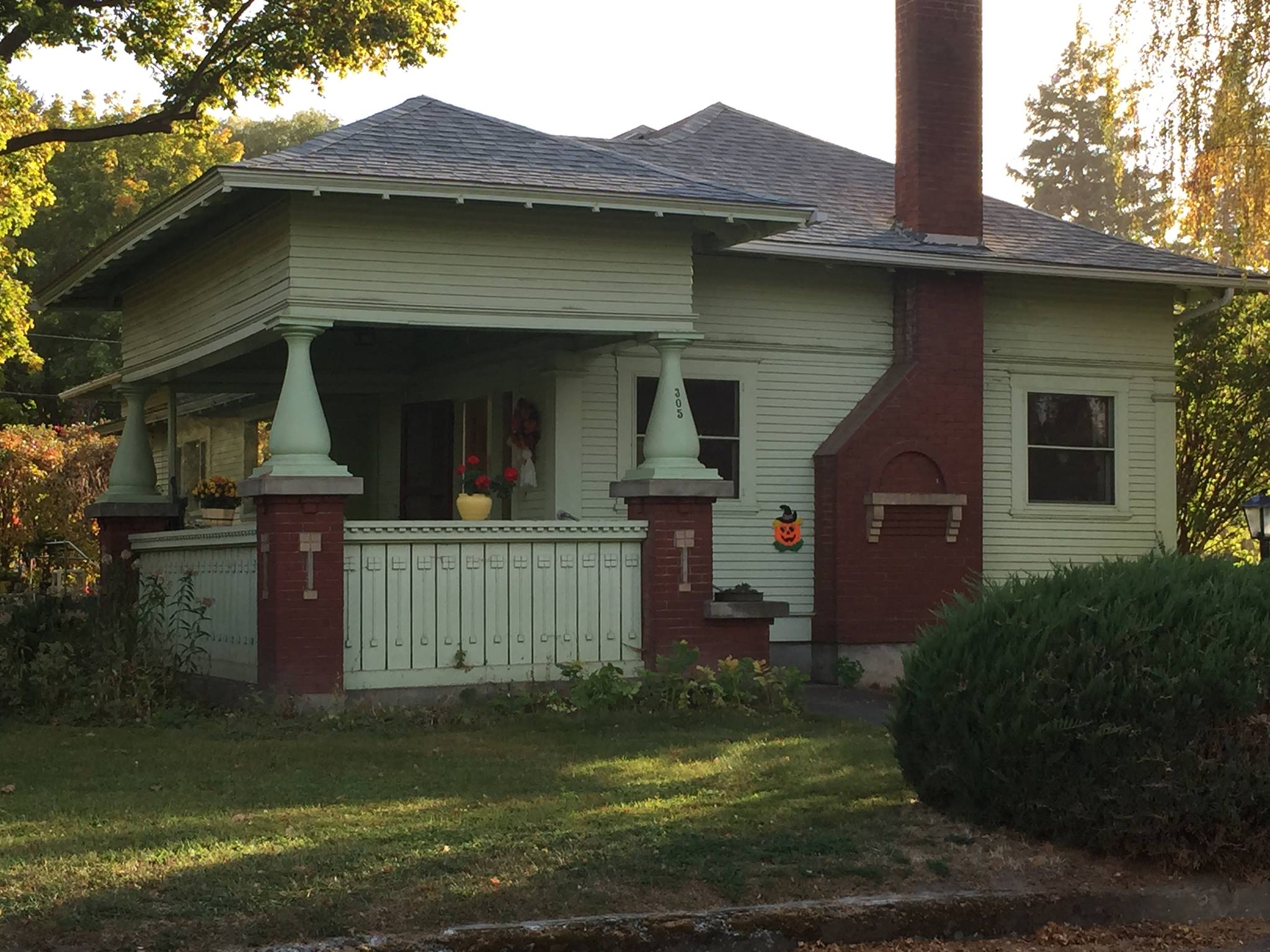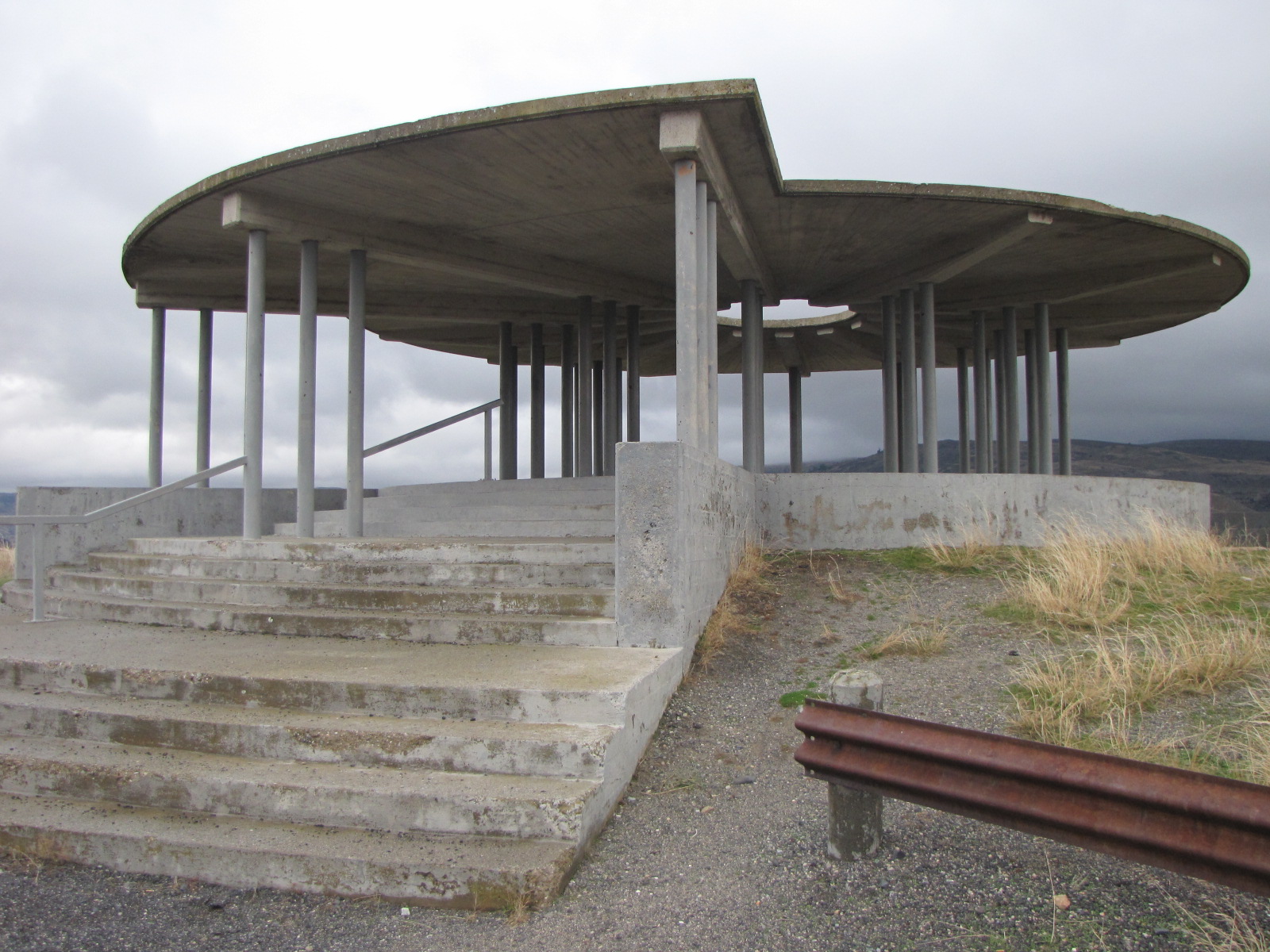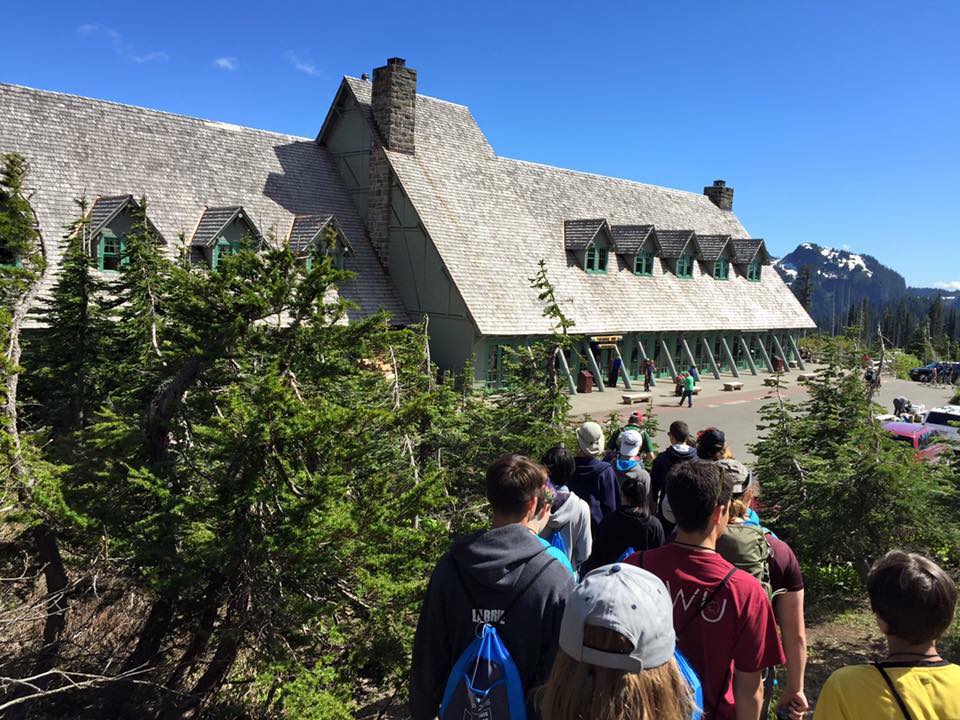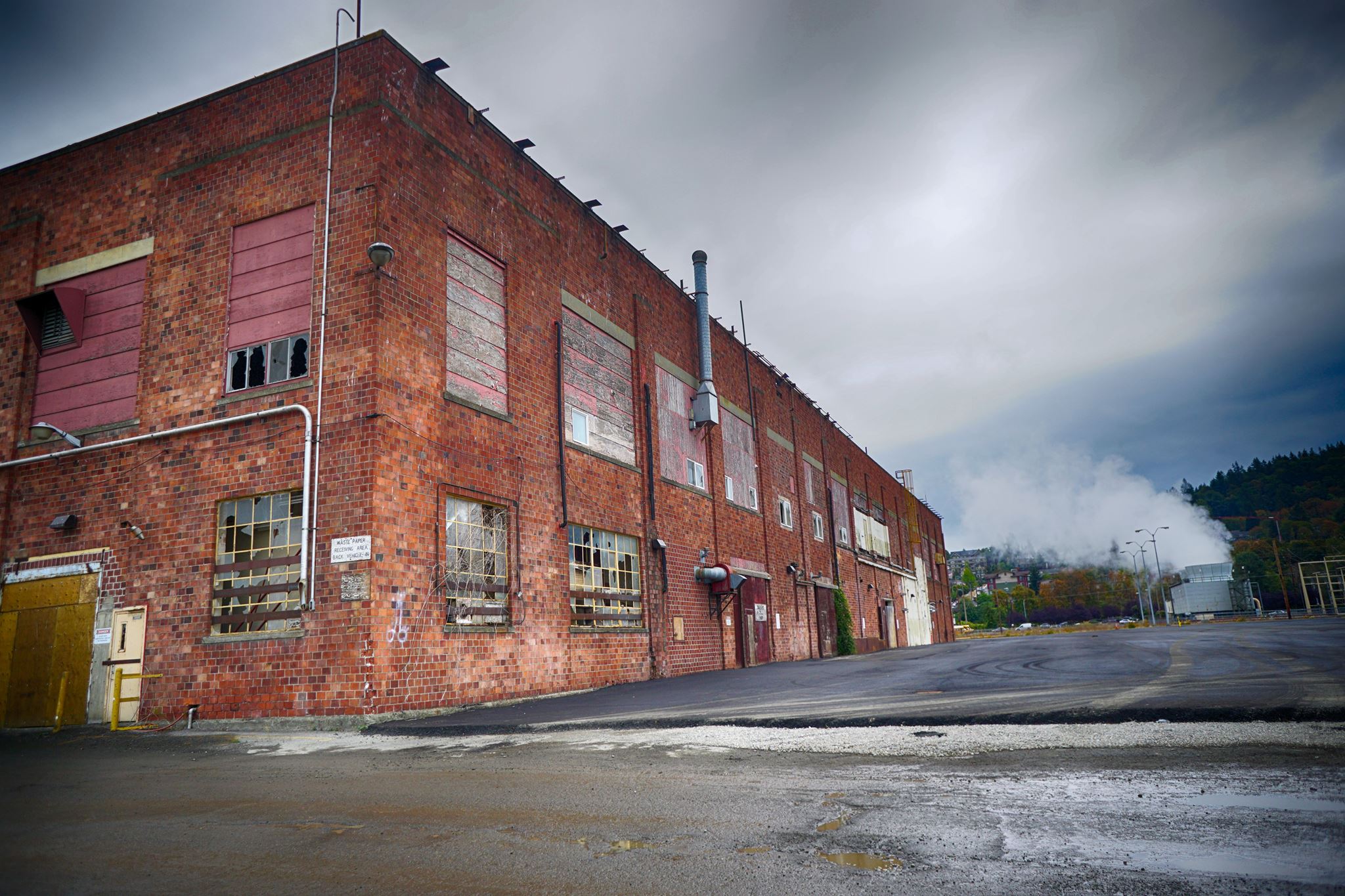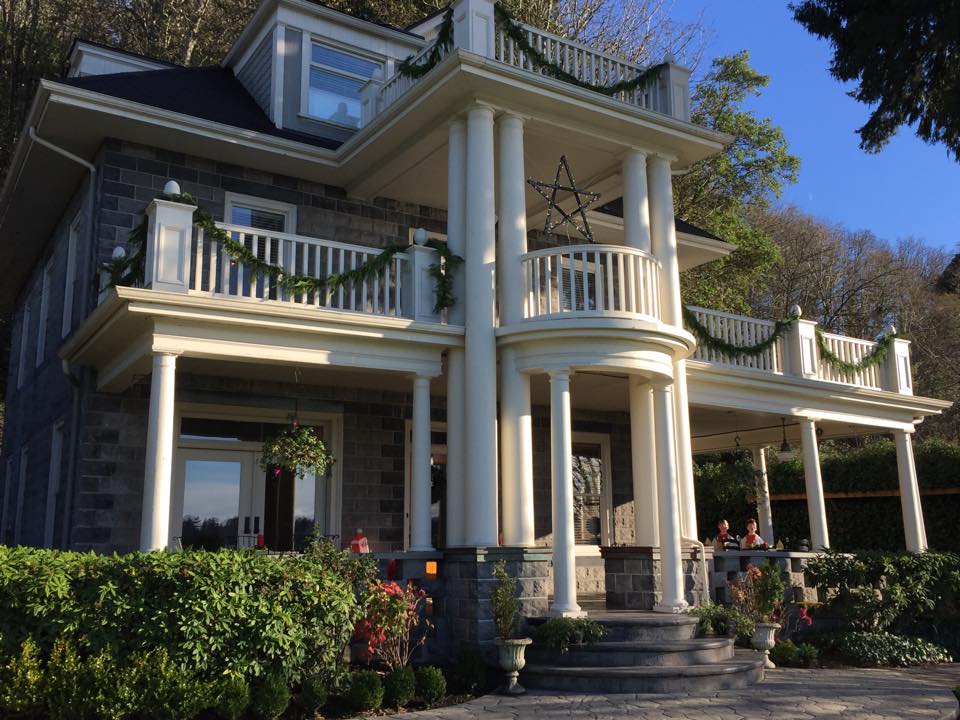Historic Theaters Across Washington State
Status: Most Endangered Places
Year Listed: 2021
Travel the Main Street of any American town and a theater will likely be there, anchoring the street and beckoning residents and visitors alike to lose themselves for a time in another world. Whether they are architectural masterpieces or modest storefronts with a marquee, they are essential to economic development and maintaining community character. As businesses, they contribute to local economies by purchasing goods and products, employing people, and paying taxes. As venues for performances and film, they support an arts economy that ripples far beyond individual artists to include construction workers, graphic designers, electricians, and many other trades and services. Additionally, historic theaters are indispensable assets in developing cultural tourism—the fastest growing segment of the tourism market.
Theaters are a critical piece of our cultural landscape that have been especially hard hit by the COVID-19 pandemic. Historic theaters across the state have been forced to shutter, lay off staff, and defer important capital improvements. As we know from a survey of nearly 50 theaters conducted in April 2021, 72% of theaters reported being closed completely for the past year. Historic theater owners reported a total of about $3.2 million in lost income due to COVID-19—an average of $240,000 in losses per theater. With such unprecedented losses, theater owners were forced to lay off full- and part-time employees, resulting in an 83% reduction in employees overall across respondents. And with no revenue, theater operators were unable to implement critical capital projects, leading to deferred maintenance and endangering the long-term preservation of these important historic structures.
The creation of a new Historic Theater Grant Program by the state legislature in April 2021, to be implemented by the Washington State Department of Archaeology & Historic Preservation, is one step towards supporting these cultural resources. But much more funding and public backing will be needed to support their full post-pandemic recovery, which is why the Washington Trust has chosen to add historic theaters across Washington State as a thematic listing to our Most Endangered Places list for 2021.

